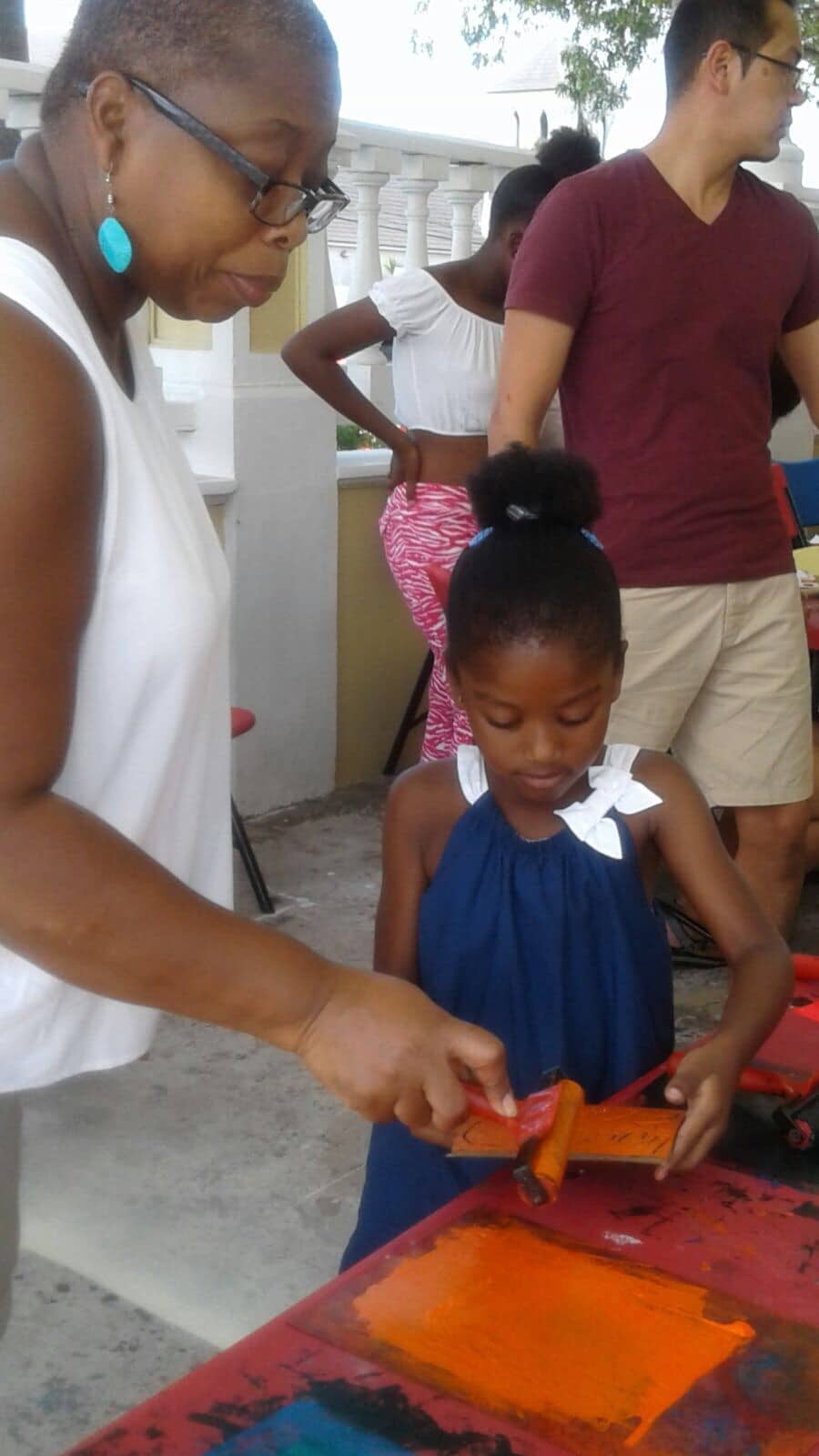
By Malika Pryor Martin
As a nation that generally contemplates membership in a civic context (think sororities, your local Lodge, or Rotary), the challenge to many cultural institutions is how we build a sense of loyalty and belonging in spaces that are new and often largely unknown?
Consider this: the oldest person born at the time The National Art Gallery of The Bahamas opened to the public, is currently, 14 years old. Let that sink in for a moment. There are literally no adults in The Bahamas who came of age with ready access to a public national arts museum. Beyond our relative youth, the NAGB’s outreach programming, which has expanded our capacity to serve a broad and diverse local audience, has only begun to take shape in the last three to five years. So, while some may hear criticism of the Bahamian public for not engaging their own cultural spaces with the veracity and commitment sometimes seen in other societies, it’s important to note that connectivity and history matter. Countries in North America, Europe and much of Asia have the benefit of an established – in some cases, centuries old – system of public museums and galleries. Those institutions are often tied to the very fabric of national identity, not only with respect to how those nations see themselves, but also how the world sees them (think the Louvre and France).
In the U.S., memberships to non-profits are incentivised at the federal level. National policy dictates that if you give to an organization by “joining,” you can in turn reduce your taxes owed by a percentage of that membership gift. In other cases, communities can decide to allot some of their municipal tax income to fund arts and cultural initiatives. In the States, we call them a millage. However, neither incentives nor taxes are leveraged in this way in The Bahamas. So, how do public museums and galleries, dedicated to the greater public good, encourage meaningful discourse and interaction from the very public we serve without similar personal incentives or direct-line funding?
For starters, we are tasked in some ways with redefining what a museum or gallery is at its core. If we are honest, much of what we see in the halls of the most renown art and cultural museums, particularly in the West, are the vestiges of an imperial past, marred by theft under the guise of exploration. As a former colonized state, we are neither privy to such treasure troves, replete with the spoils of war, nor do we desire to be framed in that manner. That means to engage with and be engaged by an arts organisation, here in The Bahamas, is an evolving relationship with the onus being squarely placed, and rightfully so, on the institution – to be the primary actor working to figure out how that relationship can look and how it can work.
So, at our core, we are an educational institution, not with the goal of being the grand colonial house atop the hill, looking down at Over-the-Hill communities, but instead to be a space where those who once could only enter through back gates, can now cross the threshold of the Villa Doyle with a sense of ownership.
This is your National Art Gallery, where we welcome all: citizen and visitor, alike. This is the manner in which we want to be seen and received, so much so that one is compelled to join, to visit, to expect that there is something here for all of us and indeed there is. Programming includes: rotating exhibitions; children’s events for all ages; school tours; and Free “Local Sundays,” which starting this weekend will include tours for visitors (at no additional charge).
We have even launched special events for NAGB members.
As a museum charged with the purpose of preserving and promoting Bahamian art, we are working to build community, so that whether you choose to become a paying member or not, as a citizen of The Bahamas or a resident in New Providence, it is clear that you belong here and that art is for you – in part – because the artists predominantly featured are of and from this grand archipelago. If art is being created by these Bahamian makers, it is because creativity, to varying degrees, is in us all.
Education Officer and ceramist Katrina Cartwright so eloquently articulates, “We live in a society where the arts are seen as “other” and artists and their practice as something mystical – a little otherworldly. The reality is that we all participate in this apparent mysticism on a daily basis, whether it is through the making or use of locally made crafts, decorating our homes and churches, or coordinating the production of children’s plays. This is why spaces like The National Art Gallery of The Bahamas are so important. By facilitating interactions between artists and members of the community, access to the arts and an increased awareness of the creative spirit that pervades our society is fostered.”
“The NAGB [is working to] create a space where new talent can be nurtured, [and] artists, whether through their works or instruction, can engage with community members to affect change in our society. When we make this connection, the arts, artists, and the institutions that support them are no longer seen as other, but as an integral part of the social and cultural fabric of a nation. After all artists are the visual documenters of our history, and it is only through knowing our history that we truly know ourselves.”
